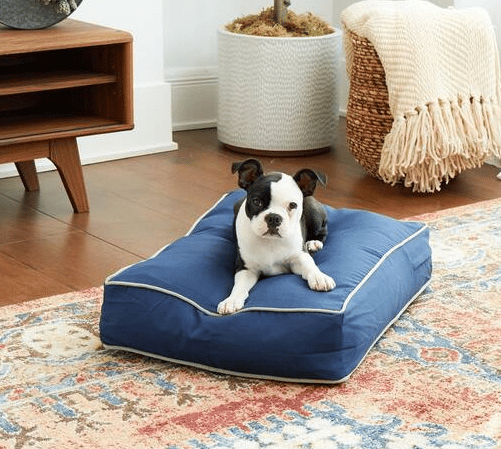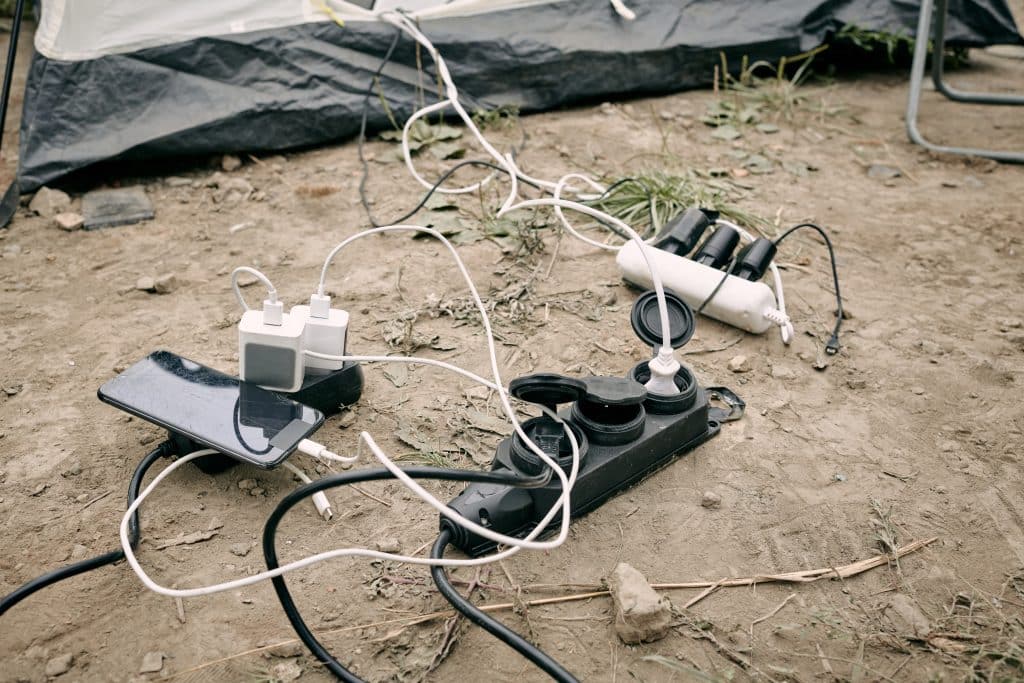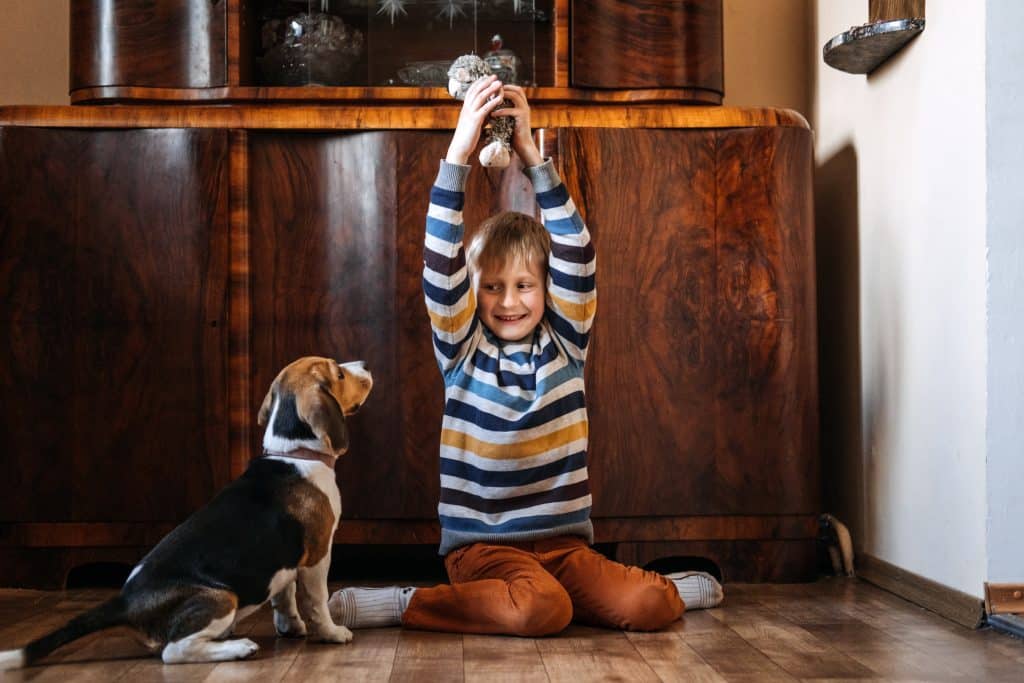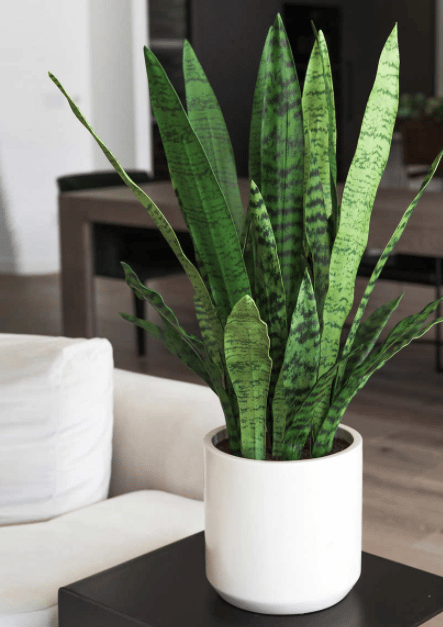So, you’re getting a new puppy! Congrats! This is an exciting time for both you and your furry friend. But before the little one comes home, there are a few things you need to do to pet-proof your home. Puppies are curious by nature and love to explore their surroundings. This can lead to some dangerous situations if you’re not careful. So to ensure they are happy and healthy, this article will cover some of the different things you can do to make your home safe for your new puppy!
Contents
Why Do Puppies Love To Get Into Everything?

It’s hard to ignore puppies’ enthusiasm for exploration and how they dive right into every situation with joy. After all, it’s natural for them when they are at the age of discovery and having boundless energy. Curiosity is further fueled by the ever-changing scenery that new experiences offer and the drive to master unfamiliar objects or activities.
Puppies also spend time mouthing things in order to learn more about them – whether items belong in their mouths or not! With this enthusiasm comes a mischievousness that leads puppies straight into trouble – tearing up shoelaces, knocking over plants, and sneaking food off counters. While you may be tempted to pick up where pests leave off when cleaning up after our furry little friends, understanding why puppies love to get into everything allows you to better support their natural impulses while working with them.
Ways To Pet-Proof Your Home
While you will never get rid of your puppy’s curious nature, you can make your home safer by taking some simple steps to pet-proof it. Here are just a few tips that you can use to ensure your pup remains safe:
Secure Electrical Cords

One aspect that can often be overlooked yet is vitally important to pet-proofing is securing electrical cords. Not only are they great chew toys for puppies, but they also pose an electrocution hazard. Fortunately, there are some simple precautions you can take to keep your pup safe and yourself worry-free. Securely taping the cords along baseboards with either duct or electrical tape helps to discourage chewing.
Also, be sure to invest in plastic corner covers for table/chair legs and other furniture to avoid the entanglement of the cords with curious noses or paws. With a few simple steps, you’ll go a long way toward keeping your puppy safe from electric shock risk and giving yourself peace of mind.
Keep Cleaning Products Locked Up

Keeping cleaning products, both traditional and natural, locked up is another key part of pet-proofing your home for a puppy. Not only can these items be toxic for the pup, but curious minds and inquisitive noses, unfortunately, cannot always comprehend the potential danger of the everyday household item. By locking up these supplies in a safe cabinet or away from the puppy’s living area, you are ensuring both the pup’s safety and your peace of mind, knowing that their sweet explorations will not lead to harm.
It’s also a good idea to be mindful when using these products around your pup. For example, if you are using a spray cleaner with bleach or other harsh chemicals, be sure to use it in a well-ventilated area and keep your pup away from the space until the product has been given time to settle.
Protect Your Furniture

A certain level of chewing, scratching, and spills are all to be expected from your new puppy, but taking time to protect your furniture can reduce the amount of damage done to them. Choosing materials like leather and vinyl furniture will wear well against canine claws and teeth, and durable fabrics such as canvas or microfiber are also good options if you’re looking for a softer look.
As puppies go through stages of teething and exploration, it is best to keep easily breakable items out of reach, as tempting as it may be, to arrange décor near the ground or surface area where they explore most. You should also pay attention to sharp edges that could cut or scrape vulnerable puppy paws, too. In general, minimizing any potential dangers when it comes to furniture is the best approach to pet-proofing your home.
Secure Your Trash Cans

When pet-proofing your home in preparation for the arrival of a puppy, securing trash cans is an important step. Whether it’s inside or outside containers, many puppies like to explore and may find them irresistible since they can represent a source of food. To help protect both your puppy and your belongings, it’s important to secure lids that are both properly fitted and resistant to chewing. This can help deter your pup from accessing anything potentially hazardous inside, like rotting food items or hazardous liquids.
If you plan on keeping the container outdoors on a regular basis, consider cable ties or padlocks for an extra layer of security. Securing your trash cans will not only keep away nosy pups but also any other wild animals that are attracted to potential snacks as well!
Keep Choking Hazards Up High

While it is important to start house training and address chewing behaviors early, the top priority for keeping a puppy safe and healthy should be reducing the risk of potential choking hazards. Anything that is small enough to fit in the puppy’s mouth, such as toys small enough to pass through a toilet paper roll, can become dangerous when left within easy reach of the pup’s lightning fast reflexes. By keeping choking hazards up high out of reach, you can help reduce the chances of an accident involving your new furry friend.
Additionally, remember to pay attention while the pup plays with what they were able to get ahold of and to keep an eye out for dangerous items in public places, such as parks or stores. The right combination of prevention and vigilance can go a long way in ensuring that your puppy stays happy and healthy!
Be Aware Of Toxic House Plants

When it comes to creating a safe home environment for your new puppy, it’s always important to be mindful of the potential dangers posed by house plants. Though extremely rare, some species can contain toxins that can make our pets sick if ingested. It’s best to research any plants you’re considering bringing into the home and opt for non-toxic varieties – such as Boston ferns, succulents, and peace lilies – that are safe for your pup if they come across them in their explorations.
Furthermore, if you are unsure of the toxicity levels of a particular species, it is best to keep it out of reach or in an area that your pup can’t access. This will help ensure that any potential danger posed by toxic house plants stays away from your beloved pet.
Take The Time To Pet-Proof Your Home!
Taking time to pet-proof your home in preparation for a new puppy is essential to ensure that they stay safe and healthy during their explorations. By using this article as a checklist, you can take the necessary steps to make sure your home is puppy-ready! With these simple steps, you can create an environment that reduces the chances of hazardous accidents and helps keep your pup safe. Good luck with your new addition, and have fun creating their perfect little home!


